Today, refurbished missile silos are selling for millions of dollars to buyers preparing for societal collapse. Ed Peden and Dianna Ricke-Peden started the trend — but believe their structures can do more than simply provide shelter.
By Matthew Erickson
A view of Subterra, the home of the inadvertent founders of the growing doomsday bunker market in America. (Photo: Matthew Fulkerson)
On a bright and cloudless day in late August, long stretches of the drive from Topeka to Eskridge along Kansas State Route 4 move plumb straight over shallow hills dotted with occasional cows. The surrounding Wabaunsee County has a population density of nine people per square mile, with roughly six cows for every person in the region; the area is shockingly green everywhere, with broad pastures, lush crop rows, and tight copses of leafy trees.
I’m traveling through this serene landscape to meet with the inadvertent founders of a growing doomsday bunker market in America: Ed Peden and his wife Dianna Ricke-Peden have been living partially underground in a decommissioned Atlas E missile base since 1994, when there was no real precedent for doing so. A Chicago Tribunearticle from 1995, one of the first to bring some attention to this eccentric house and the couple living in it, states that the Pedens are “believed to be the only Americans who make their home in a former Atlas E missile silo.”
Their place has a somewhat folksy aesthetic that contrasts with its Cold War-era origins. Two homemade crenellated turrets poke above the horizon at the end of Missile Base Road, where the base is located; on the barbed wire fence surrounding the property, a small sign says “Welcome to Subterra” in a whimsical serif font next to an image of a charming picture book castle.
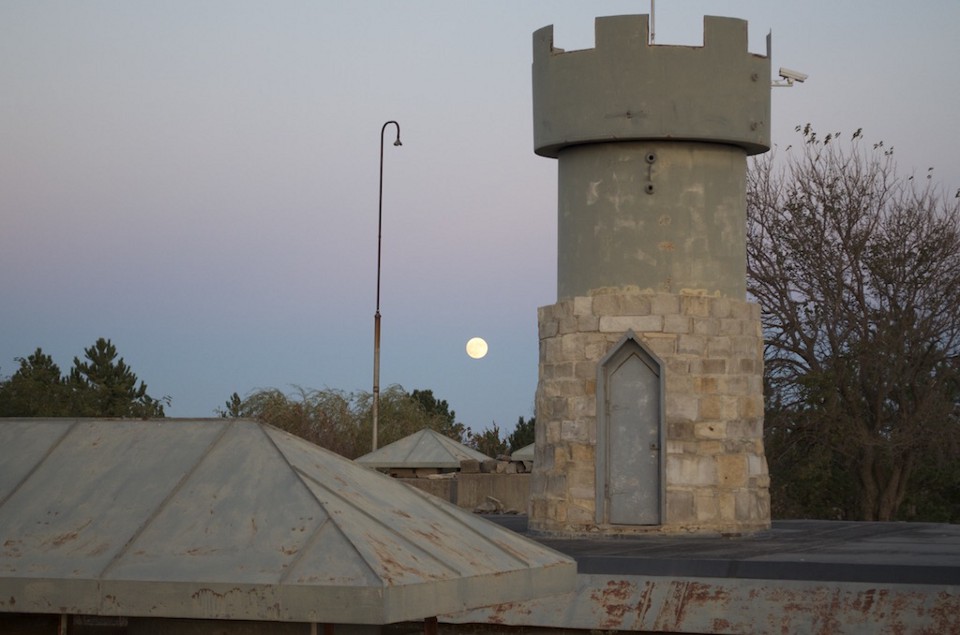
(Photo: Matthew Fulkerson)
For about as long as they’ve been here, the Pedens have also been operating 20th Century Castles, a small real estate company that specializes in acquiring and selling abandoned missile bases and defunct communication bunkers, fortified structures that are hiding in plain sight throughout rural America. To date, the Pedens have sold nearly 60 of these properties, mostly to buyers who are trying to make plans for an imminent political, biological, or economic collapse.
Beginning with the Great Depression and leading into the dawn of the Cold War — with the resulting “duck and cover” method, fallout shelters, and food stockpiles — preparedness for the potential worst has been a consistent undercurrent in this country. But survivalism — or “prepping,” as it is often dubbed today — has been increasingly exposed to the daylight in recent years.
Fueled by the Internet and depicted by reality television, American preppers — estimated to include around 3.7 million people — have been the focus of shows like Doomsday Preppers, Doomsday Castle, Doomsday Bunkers, Dual Survival, Survivorman, Man vs. Wild, and Man, Woman, Wild. Films like 10 Cloverfield Lane, The Divide, and Take Shelter have foregrounded preppers, as have dozens of podcasts, everything from In the Rabbit Hole Urban Survival Podcast to The Survival Mom Radio. Survivalists embraced Usenet and BBS platforms to exchange ideas nearly three decades ago, but the current online options dedicated to T.E.O.T.W.A.W.K.I. (The End Of The World As We Know It), S.H.T.F. (Shit Hits The Fan), and G.O.O.D. (Get Out Of Dodge), among other disquieting acronyms, feels almost infinite. As portrayed in pop culture, the prepper is a modern-day doomsdayer.
If heightened fear and anxiety are the basis for much of current prepper culture, though, the Pedens have a worldview that is generally more New Age than End Times. For them, abandoned missile bases like Subterra could be ideal spaces for rethinking shelter, community, and ecologically minded living, not merely bunkering down in preparation for the apocalypse. As North Korea boasts about its nuclear capabilities and President Donald Trump tweets that the United States “must greatly strengthen and expand” its program, the idea of living in a subterranean blast-proof structure could become less wildly eccentric than it was when the Pedens first moved in.
The morning that I visit Subterra, Ed answers the door and offers me a wicker chair in a skylit and plant-filled living room, one of the few fully above-ground spaces in the house. He keeps his long, wispy hair loose, and wears wire-rimmed glasses over friendly, deep-set eyes. Ed’s clothes on this hot, late summer day are the style of a casual traveler: loose, multi-pocketed, and earth-toned.
There are many elements in the Pedens’ everyday life that might separate them from their potential clients: A variety of peacenik bumper stickers — “Split Wood Not Atoms” — can be spotted on different surfaces across the house; the Pedens have hosted Ayahuasca ceremonies with a Peruvian shaman, Ed tells me, and regularly invite people over for community drum circles and jam sessions with their collection of instruments from around the world. They don’t regularly wear military garb, fit gas masks, or recount cans of food in their spare time.
“I don’t consider myself a survivalist,” Ed explains as we walk around the property, a blast-proof, semi-hardened structure with 18-inch-thick concrete walls beneath three feet of earth. “I may have some of those tendencies, but I’m not really afraid. I see what’s happening, but I’m not really afraid.”
Though he can foresee the practical concerns that all preppers have for the future — energy shortages, climate change, disease, war — Ed’s outlook is more inflected by radical left-wing politics and pan-spiritual thinking. The simple website for their home states: “We of Subterra hold a vision of a healthy, healing, community environment, nurturing Body, Mind, and Spirit. Relying on Spirit, we invite eclectic and esoteric learning experiences that create sustainable lifestyle models and project a transformational vision of peace to the world.”
The contemporary zeitgeist of underground living is more often in a much darker register. Luxury Survival Condo’s website, for instance, recently featured a simulation of a rotten U.S. Capitol building covered in a plague-like growth. The website for a California company called Vivos claims that their retrofitted underground structures could protect buyers from pole shifts, super volcanoes, solar flares, and asteroid strikes, among other calamities; Rising S Bunkers, which claims to be the largest bunker manufacturer in the country, will install a pre-made bomb shelter deep within the ground of the buyer’s choosing. With Luxury Survival Condos starting at $1.5 million — “You must be liquid to become an owner,” the site notes — and the highest-end Rising S bunker, “The Aristocrat,” going for over $8 million, the market is aimed at the most elite buyers. Last month in TheNew Yorker, writer Evan Osnos interviewed multiple Silicon Valley centi-millionaires and billionaires who are researching these kinds of escape plans in the case of a societal collapse.
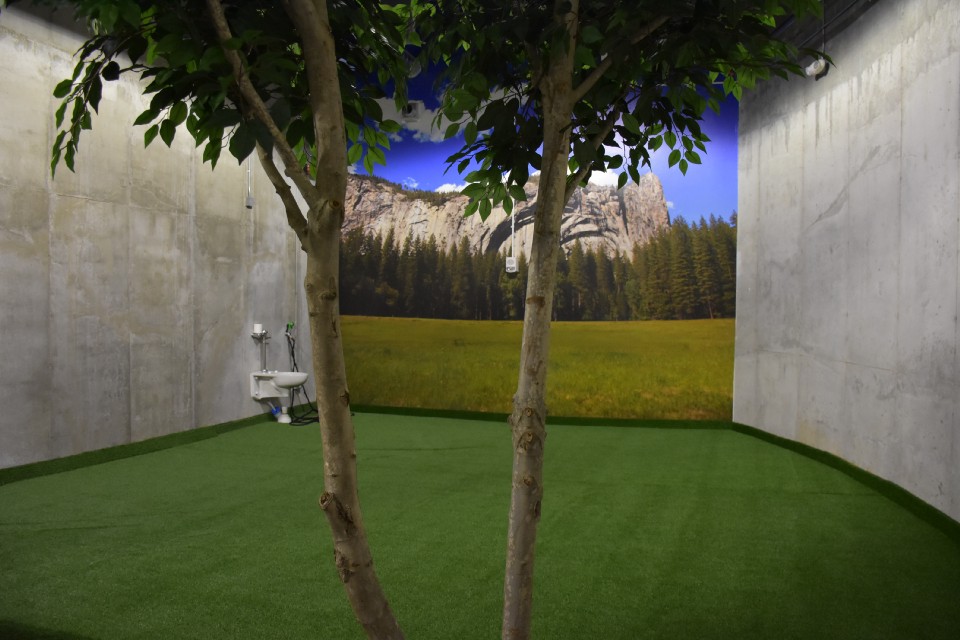
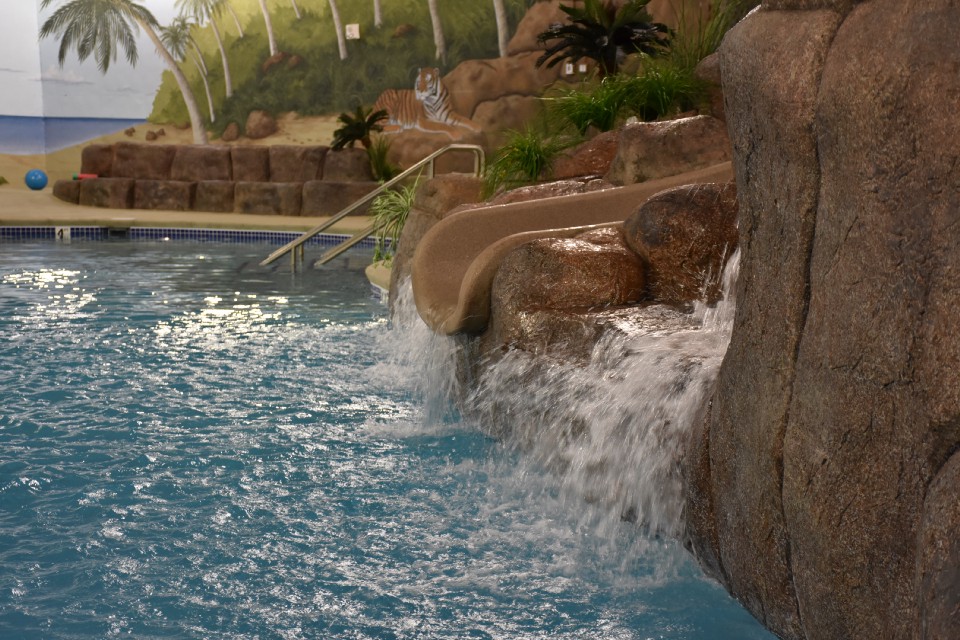
Amenities of Luxury Survival Condo properties. (Photos: Survival Condo Project)
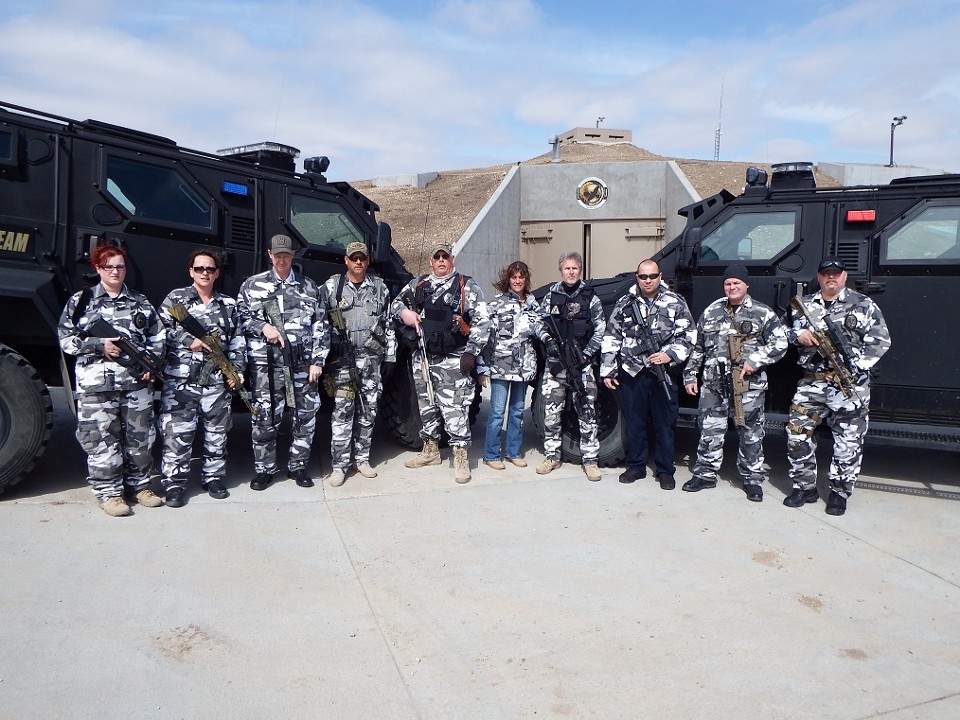
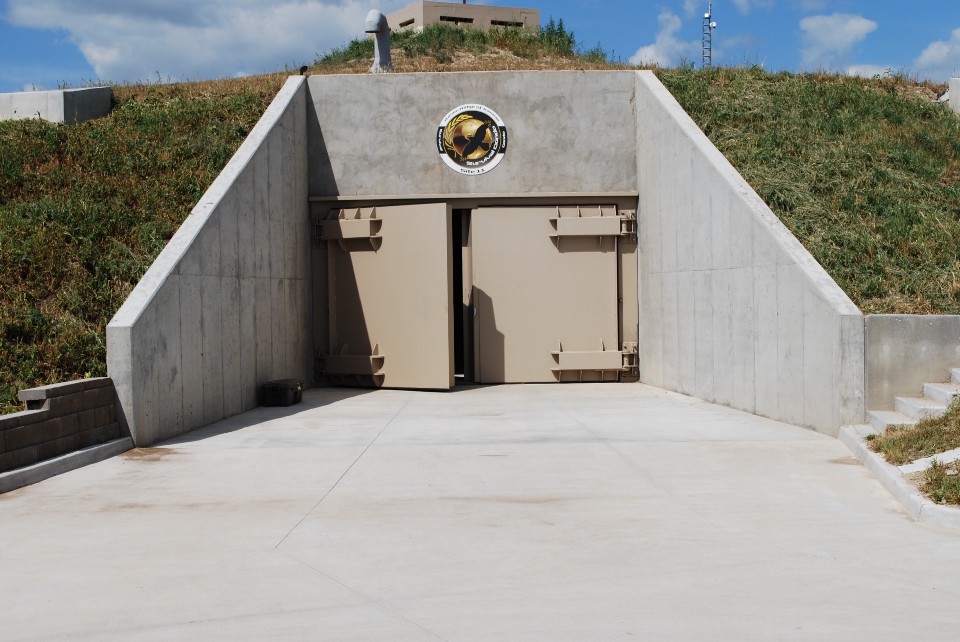
One Luxury Survival Condo property. (Photos: Survival Condo Project)
Why is the American elite attracted to such a dismal view of the future? Some developers, like those behind a planned $300 million Trident Lakes community in Texas (featuring 400 semi-underground homes with blast doors, a row of helipads, and an 18-hole golf course) say buyers are interested in investing in homes that will last. “I’m trying to change the perception to a long-term sustainable community, with the concept of a 200-year community,” Vintuary Holdings CEO James O’Connor, representing backers behind the Texas project, explained last November. Others acknowledge that contemporary geopolitics may be at play: Last September, Rising S marketing manager Brad Roberson attributed an uptick in sales of the company’s highest-end models to last year’s divisive election. “Any time there is a turbulent political landscape, we see a spike in our sales,” he says.
Some suggest that bunker developers are helping to create some of the demand themselves. Last September, in the New Republic, Rachel Monroe chalked survivalist products’ popularity up to savvy entrepreneurs. “[S]toking people’s fears is what capitalists do best,” she wrote, “even if they wind up scaring themselves in the process.”
Not Ed, however. In the midst of the recent marketplace expansion that Ed helped to create 20-odd years ago, 20th Century Castles hasn’t sold a base, despite a handful of properties being readily available since 2008. “I’m not catching the attention of the elite,” he says, acknowledging that newer niche market that melds extreme fear with extreme wealth.The Pedens are, instead, proponents of using former Atlas missile sites like theirs as places to weather out future calamities while experimenting with holistic visions of the future.
Ed says that he didn’t initially have any plans to make a house of the base when he purchased it in 1984. A salvage company had purchased it from the government for around $14,000 and then sold it to Ed and a group of partners for $40,000. (The original construction cost to build an Atlas E site, in pre-inflationary 1960s dollars, was around $3.3 million for the building only, and around $25 million for the surrounding property — the 1980s purchase price was an extreme bargain.)
The group saw the value and potential in this affordable 15,000-square-foot structure, but wasn’t sure what shape it could take. Each member undertook different projects. In 1991, Ed purchased Mitchell Wing, an ultralight airplane company, and used the silo’s cavernous former launch service equipment area as a production space. (Fittingly, he called his operation “Higher Planes.”) In 1995, Ed told the Chicago Tribune that one of those early partners had, unbeknownst to him, set up a methamphetamine lab in the missile bay: “His vision of the property was much different than mine. I could not process with him,” he says. Ed eventually bought all the other partners out.
As a former high school social science teacher, Ed became increasingly interested in the historical weight behind properties like his, with their long-standing militaristic emphasis on protection and survival. Around the time that the Pedens began moving in to Subterra, Ed and a former student went into the novel business of missile silo real estate. In their mid-century prime, nine active Atlas E bases had formed a broad protective ring around Forbes Air Force Base in Topeka, but by the time Ed started buying properties, most of them were sitting empty.
“Many of these shelters offer great opportunities for protection in the times that are coming.”
“We think these are the castles [of today],” he says. “They are military-fortified structures. Given the warfare of the 20th century, the Cold War and the big bombs and explosions, this is just what you need to protect yourself. Many of these shelters offer great opportunities for protection in the times that are coming.”
Like many of these defunct missile bases, the structures within Subterra were flooded after decades of neglect, forcing Ed to navigate the deepest areas by subterranean canoe. He saw the flooding as “a kind of purification of the buildings,” necessary before going forward. (Dianna still felt that the site carried a strange energy, so they also invited a Lakota medicine woman to cleanse the space with sage and sacred chants.)
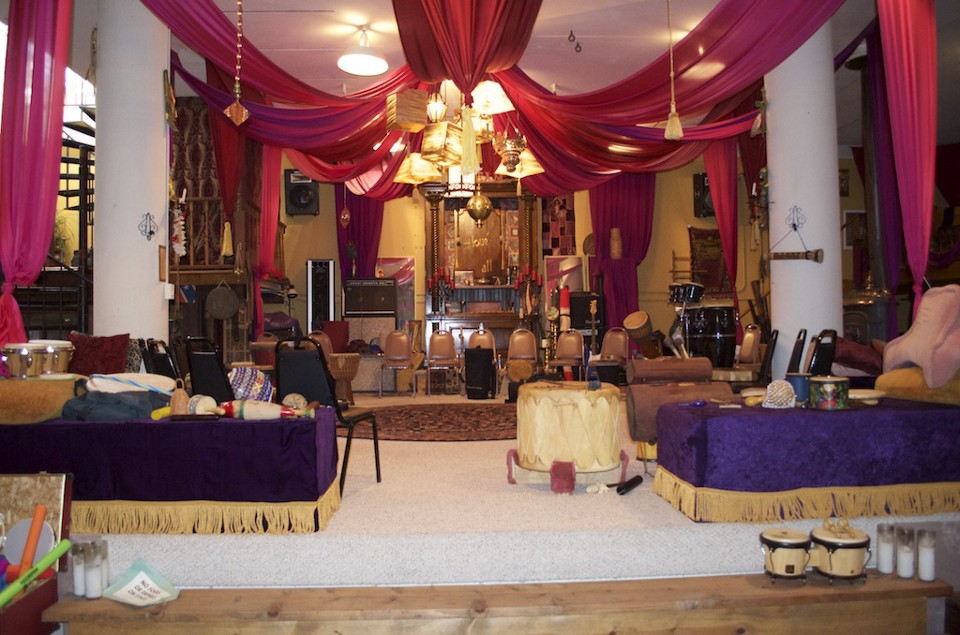
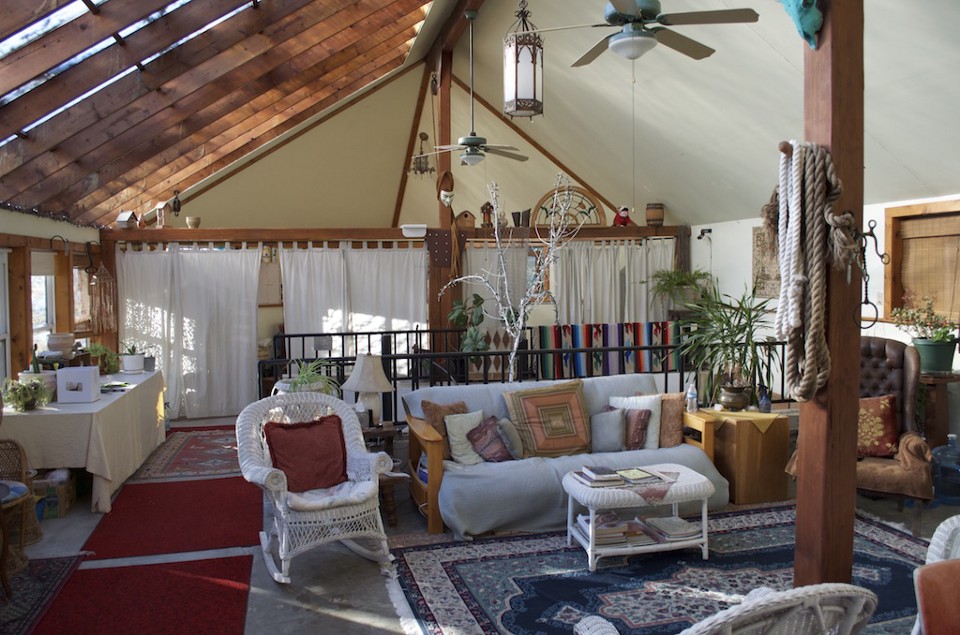
The interior of Subterra. (Photos: Matthew Fulkerson)
Ed takes me on a tour. We walk through the former missile bay, a cavernous space that once held a 75-foot horizontal warhead; and, later, a 120-foot underground tunnel, where Ed likes to play his wind instruments (after we stroll through it, Ed procures a long Native American flute from a side table and plays a string of pensive notes that echo down the tunnel).
“Planned obsolescence is built into everything. The way they build houses now, it makes you wonder: Does anybody believe in the future?” Ed says as we sit in his personal den, flanked by tapestries and oriental rugs. “Most people don’t like hearing that stuff. They want to have fun and I’m just interrupting the ballgame.”
For Ed, repurposed missile silos should be seen be sustainable, alternative living options, not just shelters for the rich.
Ed frequently refers to the sites as potentially valuable resources for the future. Only 132 Atlas missile bases exist around the country — some still abandoned and others in varying states of habitation. He makes his business seem like a grand gesture of cosmic recycling, taking the former architecture of the military-industrial complex and repurposing it for positive human-scale use.
For Ed, repurposed missile silos should be seen as sustainable, alternative living options, not just shelters for the rich. “If we realize how together we all are, how dependent we are, how much we share the planet’s health, if we solve some of that, there would be a visionary expansion of consciousness,” he says. “If we’re going to go on just playing war as we are now, we deserve extinction.” Ed believes there are many actions that we could take to prevent a total societal collapse, but if things keep moving forward as they are, homes like Subterra might prove to be necessary.
The press hasn’t always framed Ed’s vision as distinct from those of your average survivalist. In the decades of press coverage about Subterra, the Pedens have usually been portrayed as quirky, mystical paranoiacs — not militaristic preppers, maybe, but still a bit wacky.
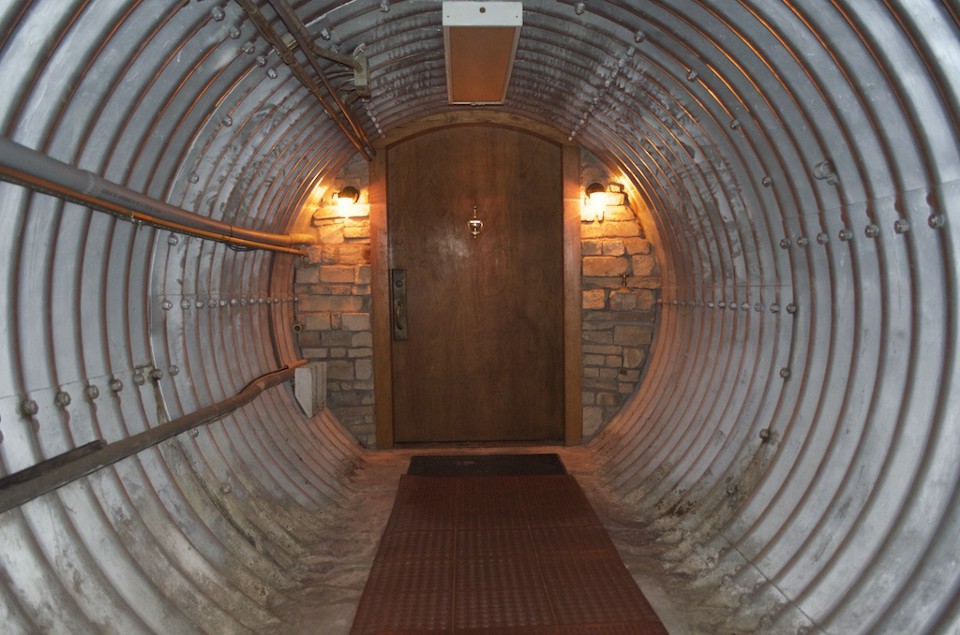
A tunnel in Subterra. (Photo: Matthew Fulkerson)
Along one narrow hallway in the Peden’s home are dozens of framed newspaper clippings — from the Sunday Times, Der Spiegel, an Italian magazine, another from Japan — about this strange American house inhabited by these strange American people. In a 2008 episode of Stephen Fry in America, the British comedian visits Subterra and revels in the very homegrown peculiarity of living in a Cold War relic constructed from 1.7 million cubic yards of concrete underground. In the first season of Doomsday Preppers the Pedens were featured alongside a Californian survivalist who trained teenagers post-collapse military drills and a suburban family in Canada that made their own gas masks and had stocked their basement with a year’s worth of potable water. Ed says their segment was mostly an embarrassment, that the producers twisted their words to fit the show’s foreboding and nihilistic premise.
Nevertheless, as they were among the first people in the country to inhabit such a structure, the Pedens have inspired, directly and indirectly, a small network of missile base dwellers around the country. One-time missile bases are also being reimagined for a wild variety of other purposes, including a high school (Jackson Heights USD 335 in Holton, Kansas); a temporary brewery (Big Slide Brewery aged kegs of a Russian Imperial Stout inside a silo in Vermontville, New York); a scuba location (one diving company regularly runs underwater tours of a Titan I silo near Royal City, Washington, and another does the same with an Atlas F site near Midland, Texas). An Australian architect once had plans for a 175-foot underground dance club in an empty upstate New York silo; and deep within a former Soviet missile base in Belarus, a farm produces 10 tons of oyster mushrooms each month, making it the largest producer in that country.
It’s difficult to trace the Pedens’ influence on many of these projects — an architectural trend premised on repurposing industrial spaces may also be at play — but they did directly impact one. Matthew Fulkerson grew up in a house just down the road from the Pedens and spent a fair amount of time at Subterra in his youth.
The three of us — Ed, Fulkerson, and me — drive to lunch at a crowded cafe housed in a former Odd Fellows hall in nearby Dover, where Fulkerson tells me about his own concrete plans for the future. Now in his 30s, he has assisted in various 20th Century Castle ventures and, inspired by Subterra and by Luxury Survival Condos a few hours away, started his own consulting company, called Plan B. He purchased his own Atlas F silo west of Eskridge and is in the slow process of building it out to fit his particular vision. Fulkerson lists a string of ideas for the site: green energy production, scientific research, and advanced technology fabrication or a secure data center, among others. He tells me that he wants to explore how communities might nurture each other in the face of climate change, an electromagnetic pulse, biological warfare, or any number of overlapping collapse scenarios. Fulkerson mentions that Elon Musk would be the ideal investor for his project.
Fulkerson and the Pedens are aspiring toward a different paradigm for these missile bases.
From the outside, the dividing lines between extreme preparedness and intense paranoia might blur when considering the idea of living in a missile silo. To be sure, capitalism thrives off of stoking these emotions. With their projects, though, Fulkerson and the Pedens are aspiring toward a different paradigm for these missile bases, one that is based less on profiting from fear than on using hard realism to plan for an unknowable future — and perhaps save it.
Back at Subterra, shaded from the heat by a vine-covered trellis covering the front patio, Fulkerson shows me his silo’s construction progress on his phone. I see piles of industrial debris, decayed floors, and walls that looked partially rusted over. The property was in a seriously deteriorated condition when he purchased it, Fulkerson says, and, judging by the photographs, there is still clearly a lot of work to be done. Yet I can tell that he is so determined in his vision, which has only been reinforced by the continual uptick in this niche silo and bunker market, that he would eventually complete his utopian structure.

(Photo: Matthew Fulkerson)
Before leaving, I go up to a gathering area that Ed told me was visible from outer space. (Sure enough, it can be spotted on Google Maps.) The zone consists of three concentric circles: a wide ring of trees with fluttering foliage, a tighter loop of short pines, and, much further in, a stone fire pit at the center of a field. Within the bulls-eye of the circles, I notice that the round of pine trees are all browning and shedding needles, possibly from a bug or blight. The fire pit, wide enough for a small pyre, though long unused, is filled with tall shoots of new grass.





